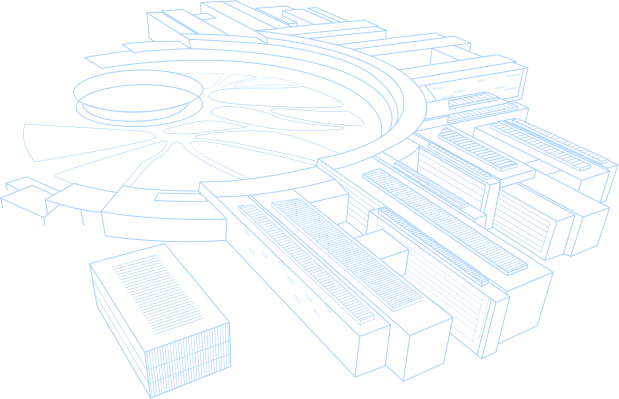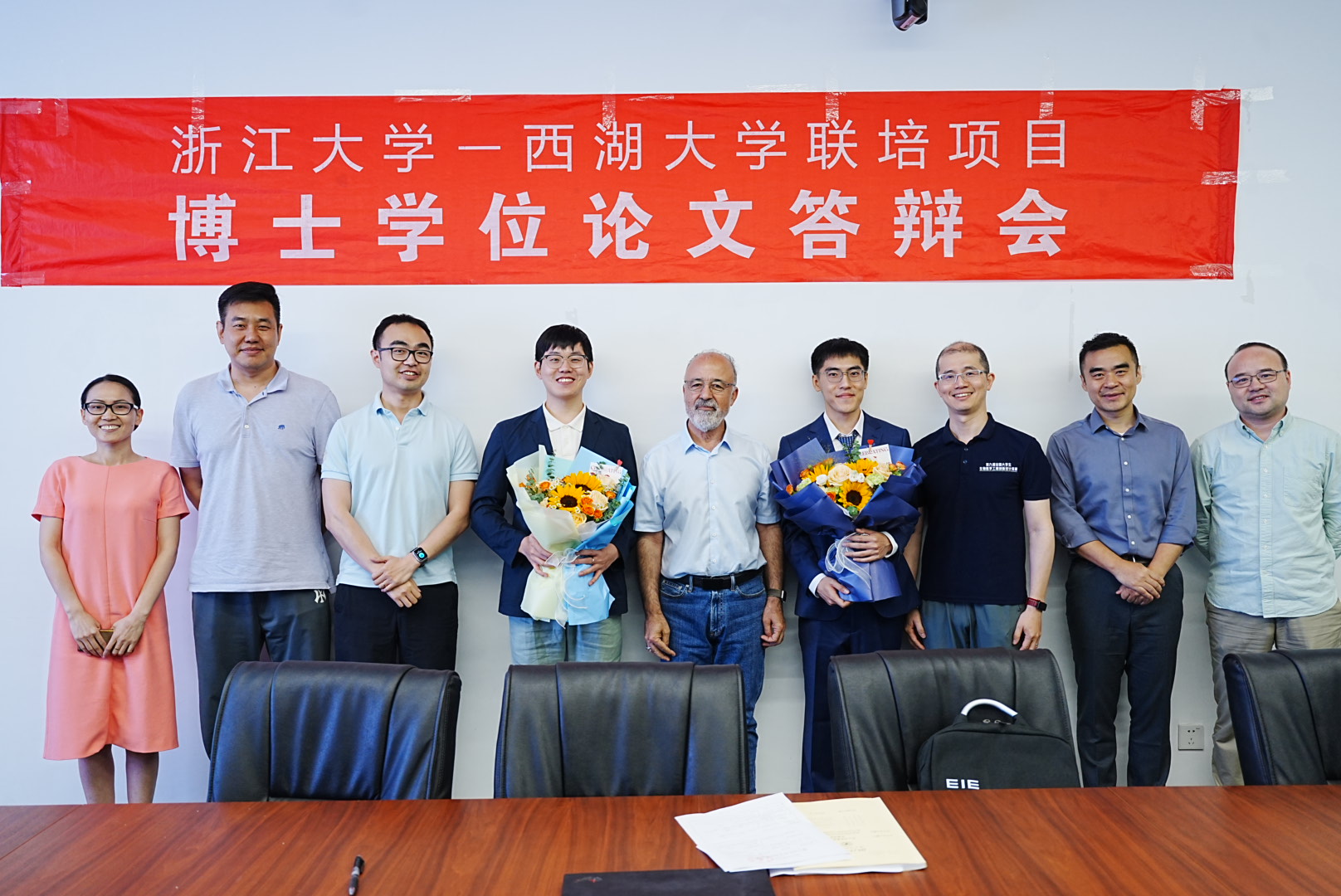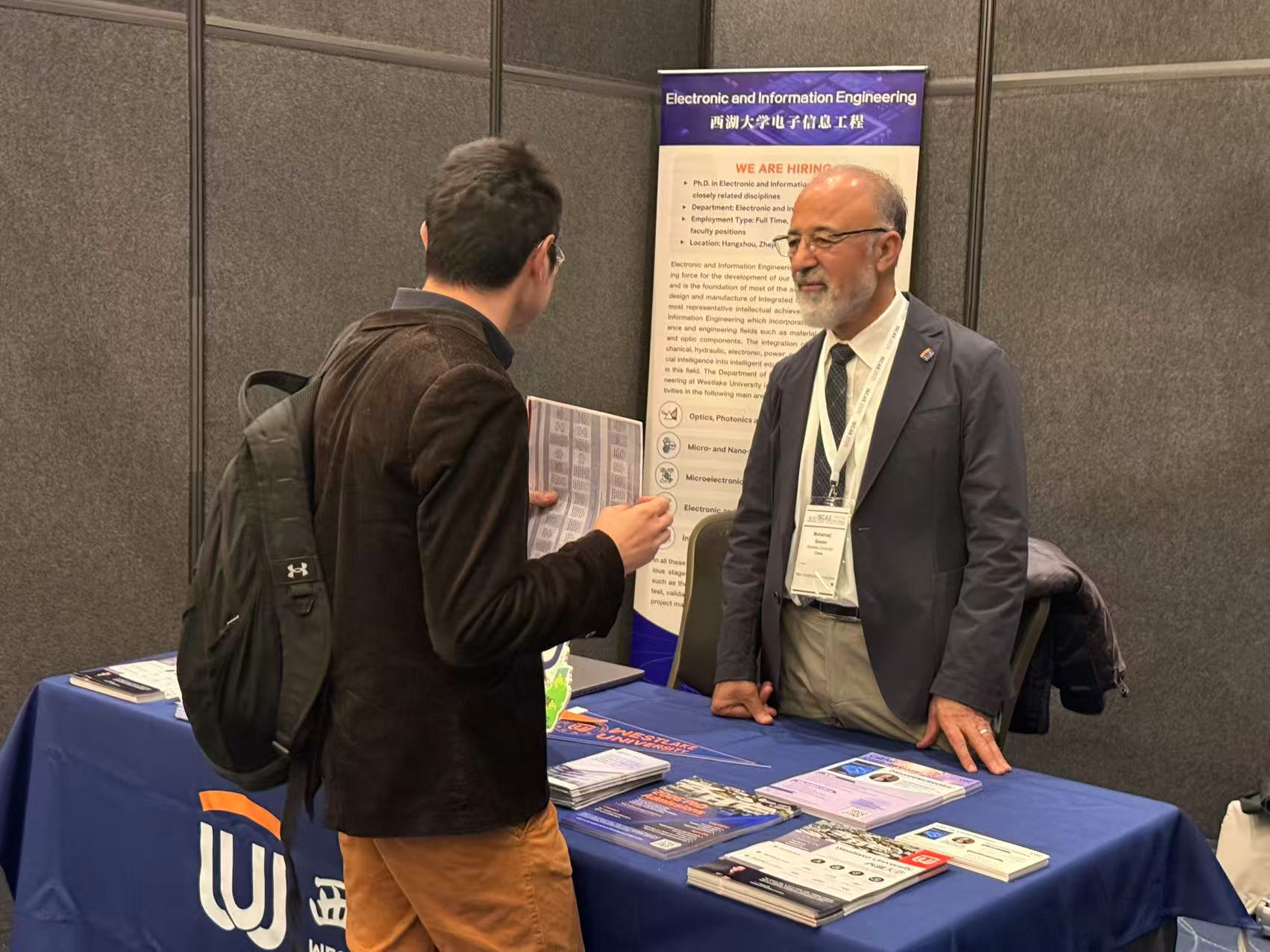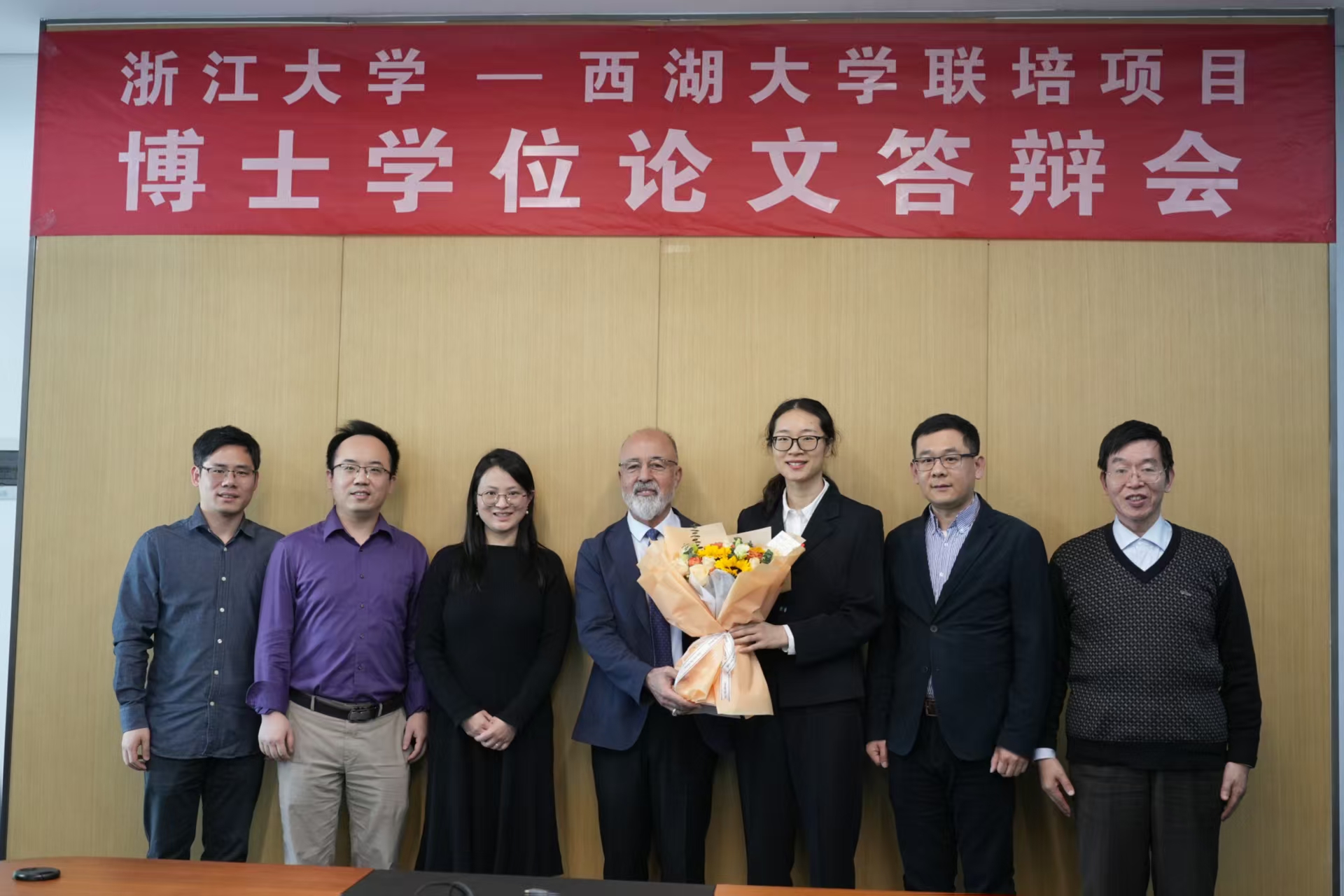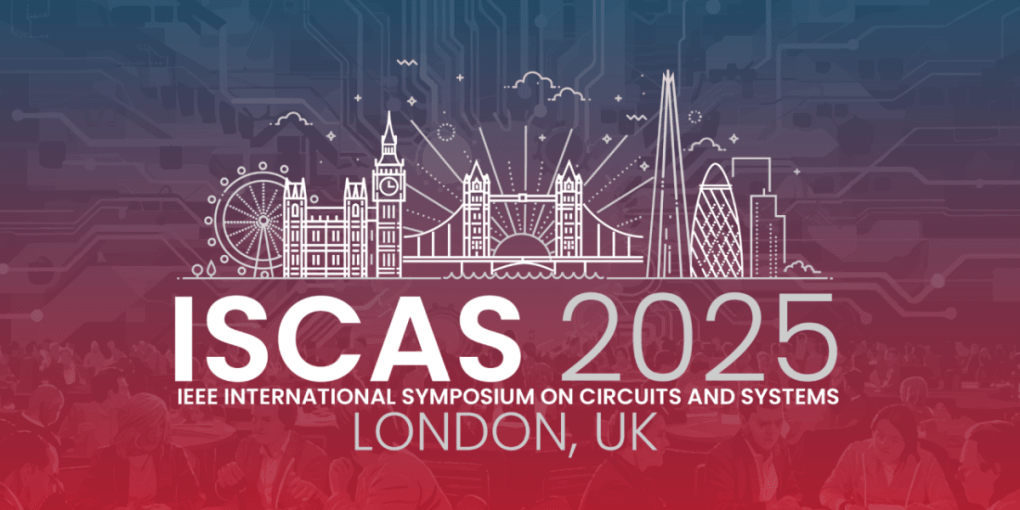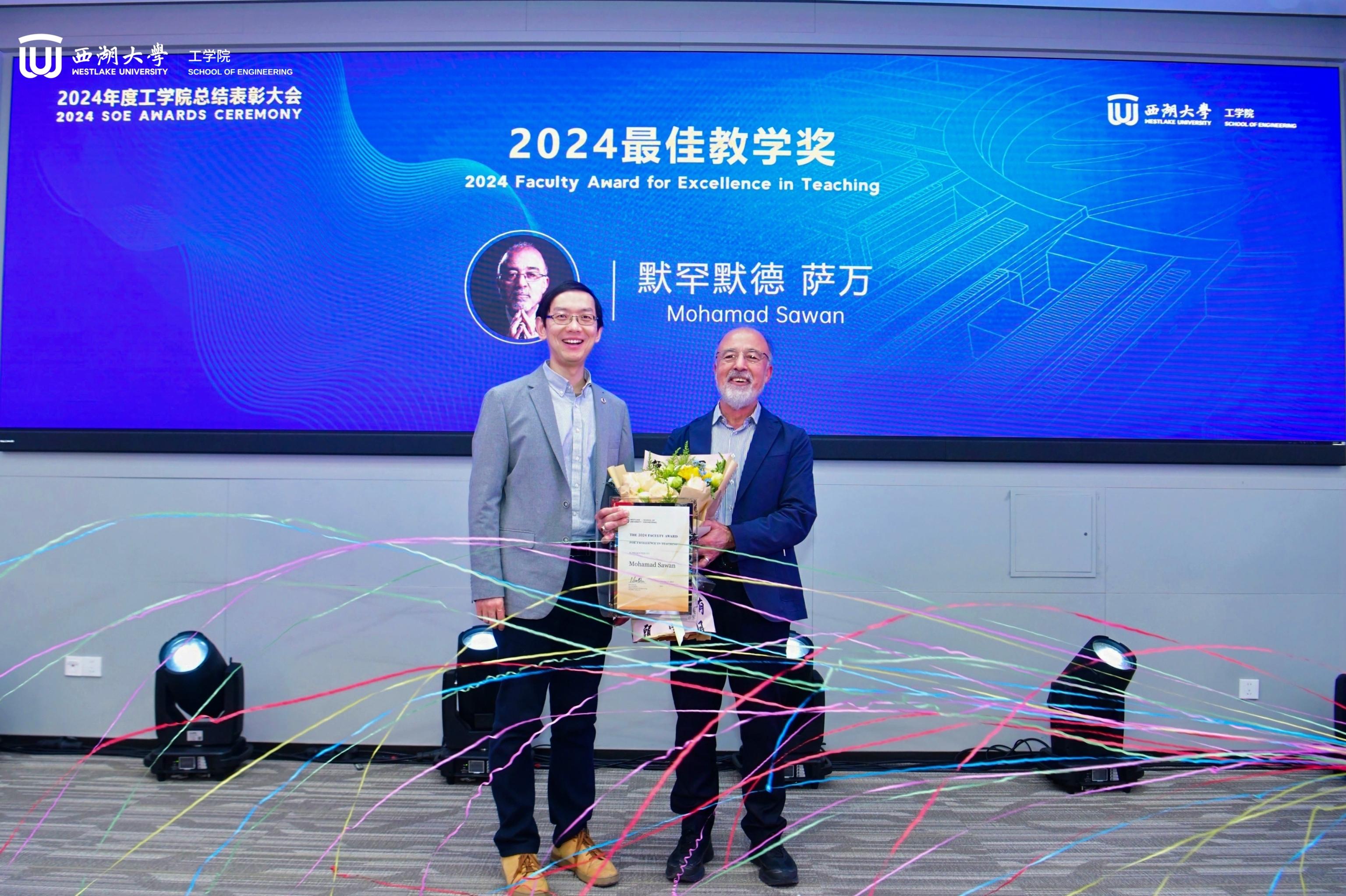February 21st, 2023,Titled “Exploring the Role of Visual Guidance in Motor Imagery-Based Brain-Computer Interface: An EEG Microstate-Specific Functional Connectivity Study”, this contribution has been published in Bioengineering, where we conducted EEG microstate and microstate-specific functional connectivity analyses on EEG data under motor imagery (MI), motor execution, and guided MI conditions. Congratulations to our visiting student Tianjun Wang and to the paper’s co-authors (Yun-Hsuan Chen, Mohamad Sawan) for this excellent achievement.
Reference
Wang, T.; Chen, Y.-H.; Sawan, M. Exploring the Role of Visual Guidance in Motor Imagery-Based Brain-Computer Interface: An EEG Microstate-Specific Functional Connectivity Study. Bioengineering 2023, 10, 281.
Abstract
Motor imagery-based brain–computer interfaces (BCI) have been widely recognized as beneficial tools for rehabilitation applications. Moreover, visually guided motor imagery was introduced to improve the rehabilitation impact. However, the reported results to support these techniques remain unsatisfactory. Electroencephalography (EEG) signals can be represented by a sequence of a limited number of topographies (microstates). To explore the dynamic brain activation patterns, we conducted EEG microstate and microstate-specific functional connectivity analyses on EEG data under motor imagery (MI), motor execution (ME), and guided MI (GMI) conditions. By comparing sixteen microstate parameters, the brain activation patterns induced by GMI show more similarities to ME than MI from a microstate perspective. The mean duration and duration of microstate four are proposed as biomarkers to evaluate motor condition. A support vector machine (SVM) classifier trained with microstate parameters achieved average accuracies of 80.27% and 66.30% for ME versus MI and GMI classification, respectively. Further, functional connectivity patterns showed a strong relationship with microstates. Key node analysis shows clear switching of key node distribution between brain areas among different microstates. The neural mechanism of the switching pattern is discussed. While microstate analysis indicates similar brain dynamics between GMI and ME, graph theory-based microstate-specific functional connectivity analysis implies that visual guidance may reduce the functional integration of the brain network during MI. Thus, we proposed that combined MI and GMI for BCI can improve neurorehabilitation effects. The present findings provide insights for understanding the neural mechanism of microstates, the role of visual guidance in MI tasks, and the experimental basis for developing new BCI-aided rehabilitation systems.
More information can be found at the following link:
https://doi.org/10.3390/bioengineering10030281
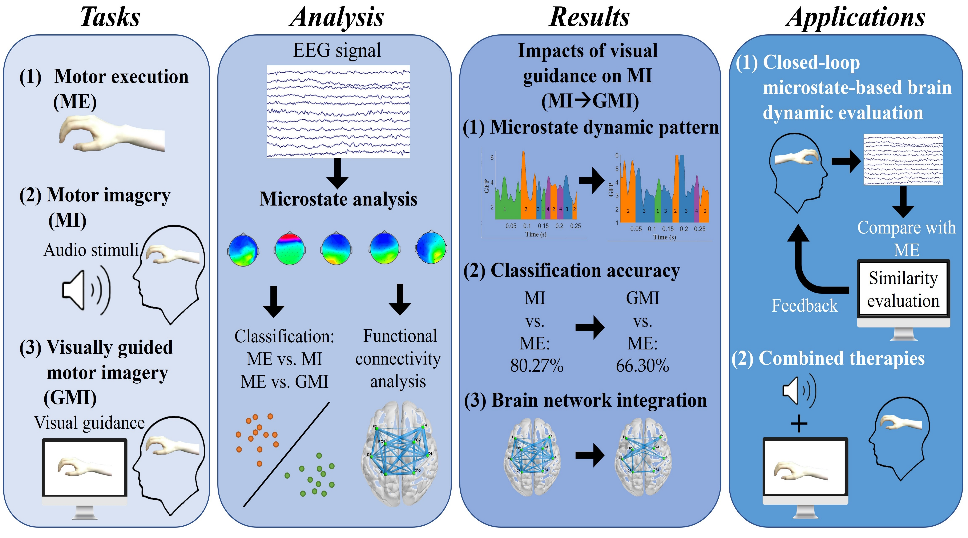
Fig.1: We found that combing motor imagery and guided motor imagery for brain-machine interfaces can improve neurorehabilitation effects.


